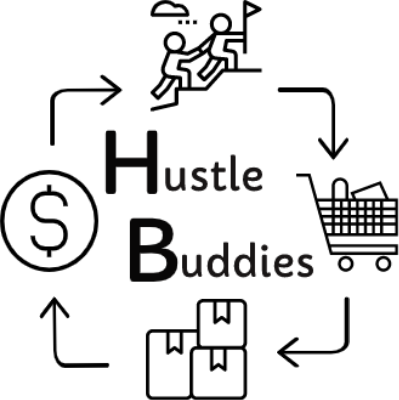www.monsooninc.com
Notice only the first 2 things are done by You? Amazon handles all the rest... Pretty nice!
For those of you who have Amazon Prime, you already know and love the free two day shipping and no hassle returns. What many don't know is that most of these items aren't actually sold BY Amazon, and are actually 3rd parties listing their item on the Amazon marketplace. These 3rd party sellers will purchase the items and ship them to an Amazon fulfillment center. The item will then sit there until it is purchased, at which point amazon goes and finds the item and ships it off.
Instead of thinking of Amazon as a supplier, think of it as a platform. FBA allows small businesses to sell their goods while letting Amazon handle the logistics of shipping/advertising/fulfillment/etc. By using Amazon's platform, many small business owners have been able to create very profitable (and scale-able) businesses without having to worry about infrastructure.
There are 5 main methods that businesses use to obtain their items to sell. These methods are: Online Arbitrage, Retail Arbitrage, Thrifting, Wholesale, and Private Label.
Online Arbitrage - search for deals online and compare costs to Amazon. Purchase items cheap and resell them on the Amazon platform. This method often utilities coupon stacking and discount gift cards.
Retail Arbitrage - search for deals in physical stores. Purchase items cheap and resell on Amazon's platform. People who use this method will often go to clearance sections with a scanning app to compare prices to Amazon.
Thrifting - Similar to retail arbitrage, but checking thrift and garage sales to find huge discounts on items. This method also uses scanning apps to compare prices to Amazon.
Wholesale - Purchasing directly from the manufacturer/supplier to get wholesale pricing (usually 30-50% off retail). Wholesale accounts almost always require a business license/tax ID to open. While clearance/thrift shopping will have higher margins, Wholesale is scale-able. Once you have your orders, you can continue ordering more every time you run out of stock.
Private Label - This is creating your own brand/item and selling it on the Amazon platform. This method has the highest risk, but also the highest payoff. Typically (not always) products are sourced from China. Start up costs are typically high for this ($1k-$3k) because of high initial order requirements and shipping costs. This method (when successful) is probably the most scale-able and the safest since you own the product and can sell it anywhere you want (thus diversifying off of the Amazon platform).
I'll be explaining more in future posts, but that about sums up what FBA is. If you have any questions or topics you want me to cover regarding FBA, please leave a comment in the section below!


